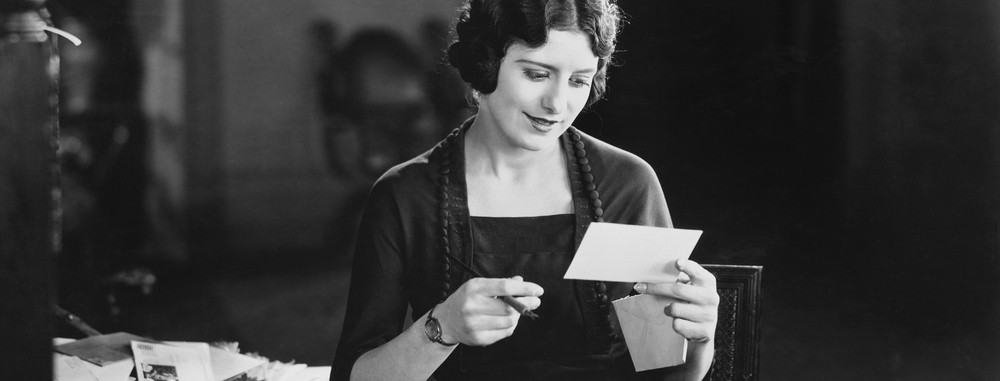Key message: if your baby has to have a painful procedure, evidence shows that there are things you can do to minimise their pain, including holding their bare chest to yours, giving a sugar solution or breast milk and allowing them to suck or to breastfeed. Continue reading
Tag Archives: neonates
An evidence advent calendar!
It turns out that Cochrane’s for Christmas, not just for life, with evidence in the Cochrane Library on all manner of festive things from gold, frankincense and myrrh to stockings! Ok, some of the links are a bit tenuous, but we hope you’ll enjoy our advent calendar.
Owing to some trouble with the technology elves, we couldn’t make it interactive (boo!) but each day we’ll post some Cochrane evidence related to the day’s picture, below the calendar. If you think of any others, do share them via the comments box.

Midwives and movement for a better birth experience
Key messages: 1. Midwife-led continuity models of care have benefits for mothers and babies and most women should be offered it. 2. Walking and upright positions in the first stages of labour shorten labour and have other benefits for women at low risk of complications.
I seem to have blogged a lot about pregnancy and childbirth recently but there are huge numbers of you out there for whom new evidence on those topics will be important and I really want to share it with you. Two reviews from the Cochrane Pregnancy and Childbirth Group have just been updated and the addition of new studies has changed their conclusions. They focus on the implications for you and your baby of two very fundamental things – firstly, who is the main provider of care for the pregnant or labouring woman and secondly, positions and mobility during the first stage of labour. Continue reading
Babies, bright lights, blood-thinners and more: Cochrane evidence round-up
It’s probably best to draw a veil over many of the things done in English boarding schools by past generations and some in the name of health. The boys of Dickens’ fictional Dotheboys Hall were given brimstone and treacle from “a common wooden spoon, which might have been originally manufactured for some gigantic top, and which widened every young gentleman’s mouth considerably: they being obliged, under heavy corporal penalties, to take in the whole of the bowl at a gasp.” Continue reading
Waiting for the royal baby? We’ve new arrivals in the Cochrane Library
July is proving to be an exciting month here in the UK. Andy Murray is the new Wimbledon Champion, we’re enjoying lots of wonderful warm weather and we’re anticipating the arrival of the new royal baby. But before the Duke and Duchess of Cambridge have news for us, we have news for them, for these are exciting times too in the world of Cochrane and yesterday saw the publication of new evidence that delaying clamping the cord after birth benefits babies. Continue reading
Fetal monitoring in labour: the challenge of balancing the benefits with harms
This guest blog has been written by Leanne Jones from the Cochrane Pregnancy and Childbirth Group.
Key message: Continuous electronic fetal monitoring during labour reduces neonatal seizures (fits) but leads to increased rates of caesarean section and instrumental vaginal births, though data may not be widely applicable to current practice.
Monitoring the baby’s heartbeat is one way of checking the well-being of the baby in labour. Listening to, or recording the baby’s heartbeat, may identify babies who are becoming short of oxygen (hypoxic) and these babies may benefit from caesarean section or instrumental vaginal birth (assisted by instruments such as forceps). The heartbeat can be checked continuously by using a cardiotocography (CTG) machine. This continuous CTG method is also called electronic fetal monitoring (EFM). It produces a paper recording of the baby’s heart rate and mother’s labour contractions. Continue reading
